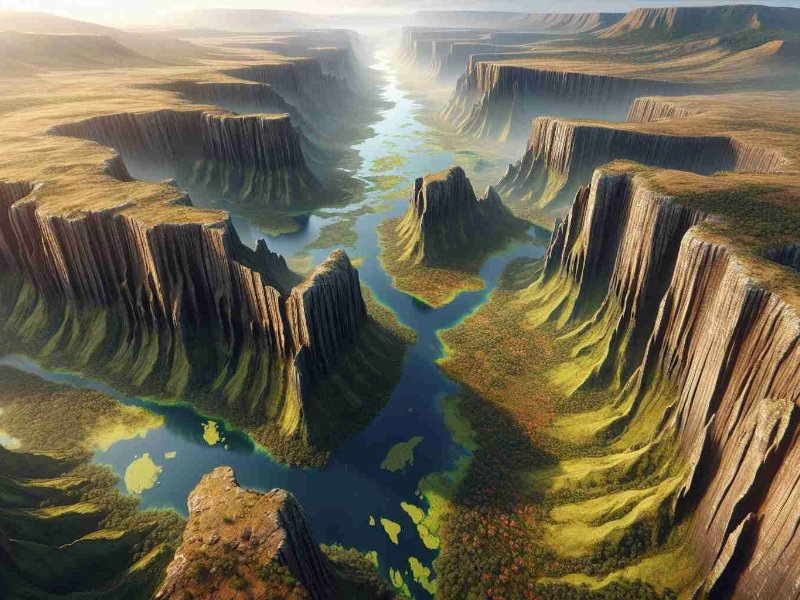Advertisement
Often referred to as the "Cradle of Humankind," the geological marvel known as the East African Rift spans eastern Africa and has been instrumental in human evolution as well as captivating both scientists and adventurers. Come explore with us the relevance of this amazing area in forming the history of our species and its continuous influence on the African continent on a voyage through time and space.
1. The Geological Marvel of the East African Rift

A monument to the dynamic character of our planet, the East African Rift is From Ethiopia's Afar region to Mozambique, this vast geological feature—stretching over 6,400 kilometers—is where the African continent is gradually separating. Millions of years ago, tectonic forces tore apart the crust of the Earth, producing a sequence of valleys, lakes, and mountains that have sculpted eastern Africa's topography.
Along with changing the terrain, this continuous process of continental rifting offers a special view into the geological workings of the planet. The widening divide at several millimetres each year presents scientists with an unparalleled chance to investigate plate tectonics in action. Deep valleys, soaring escarpments, and a chain of lakes supporting varied ecosystems and human groups define the stunning settings produced by this rifting process.
The development of the rift has had broad effects on the hydrology, temperature, and biodiversity of the area. It has produced microclimates ranging from lush forests to arid deserts, therefore affecting the evolution of innumerable species and significantly impacting human prehistory. Deciphering the geological processes underlying the East African Rift can help one to untangle the tale of human origins and the environmental elements influencing the evolution of our forebears.
